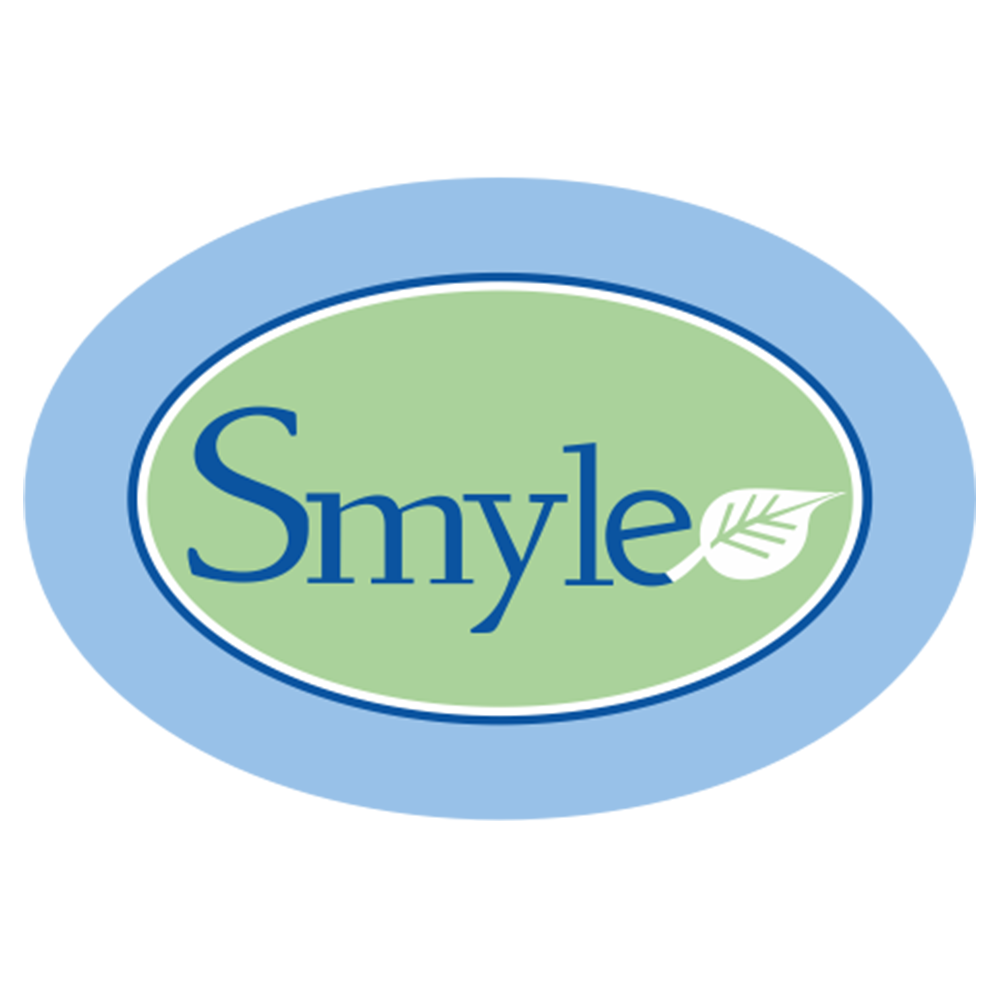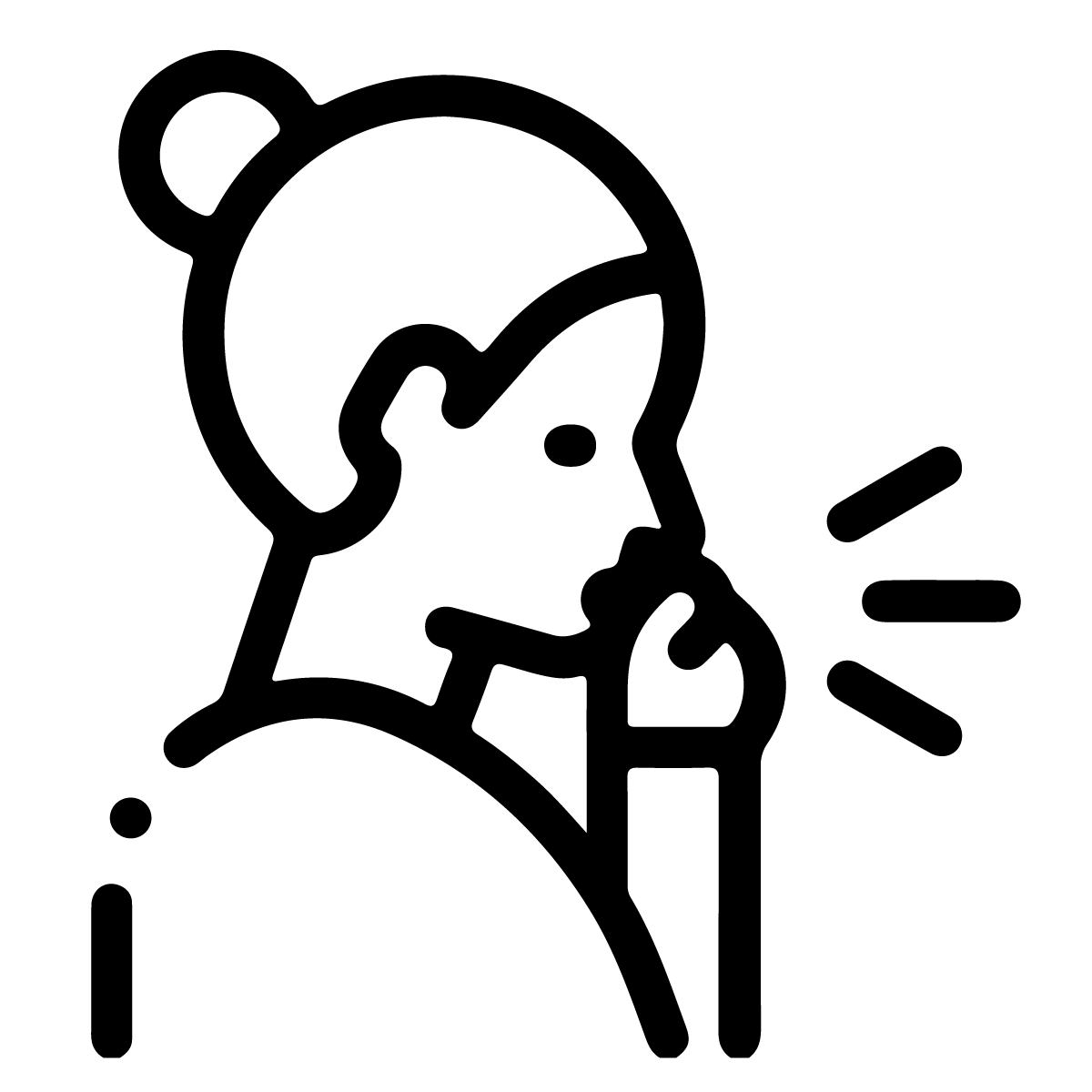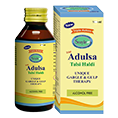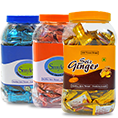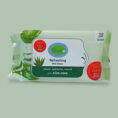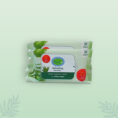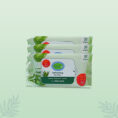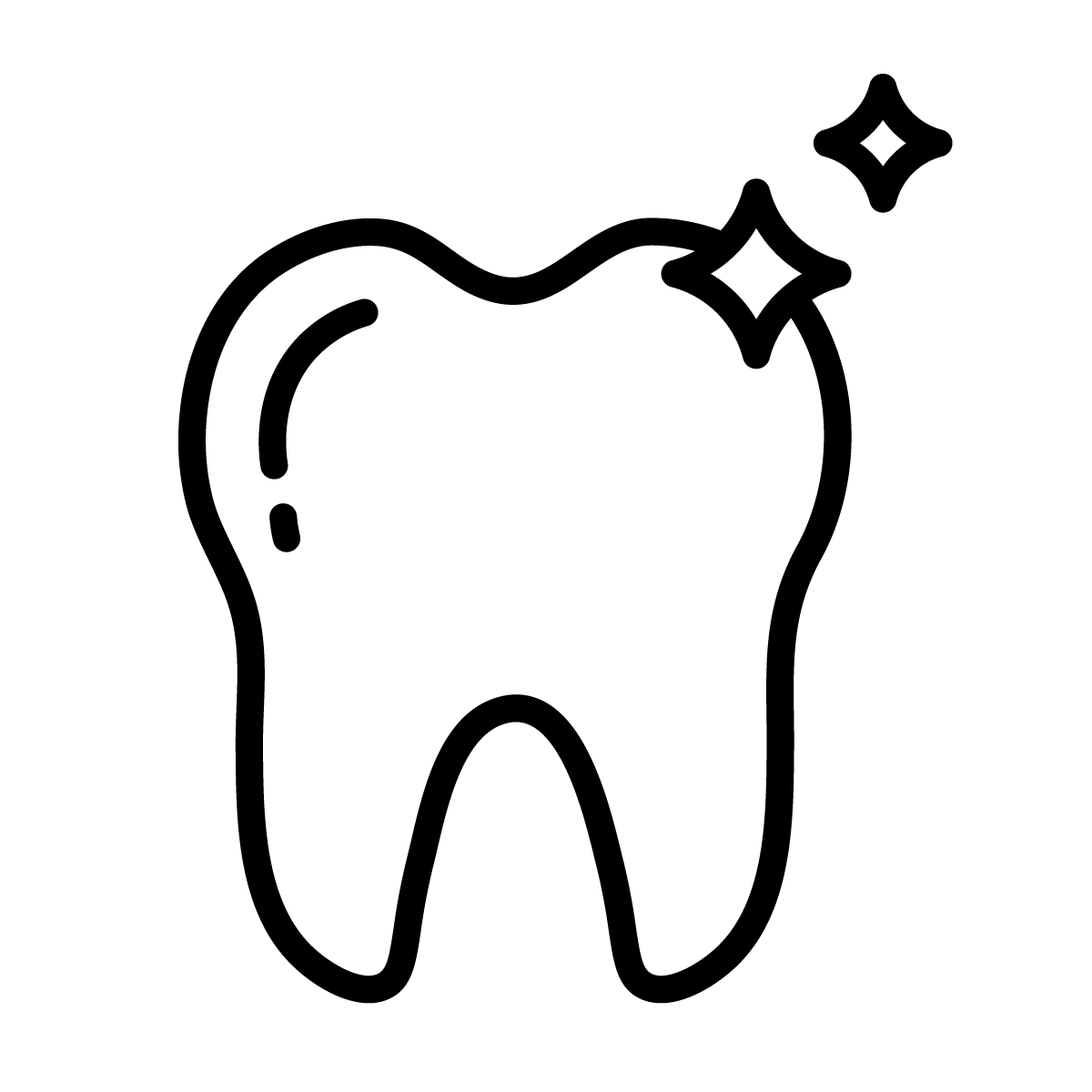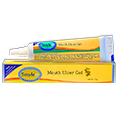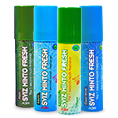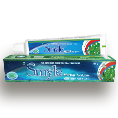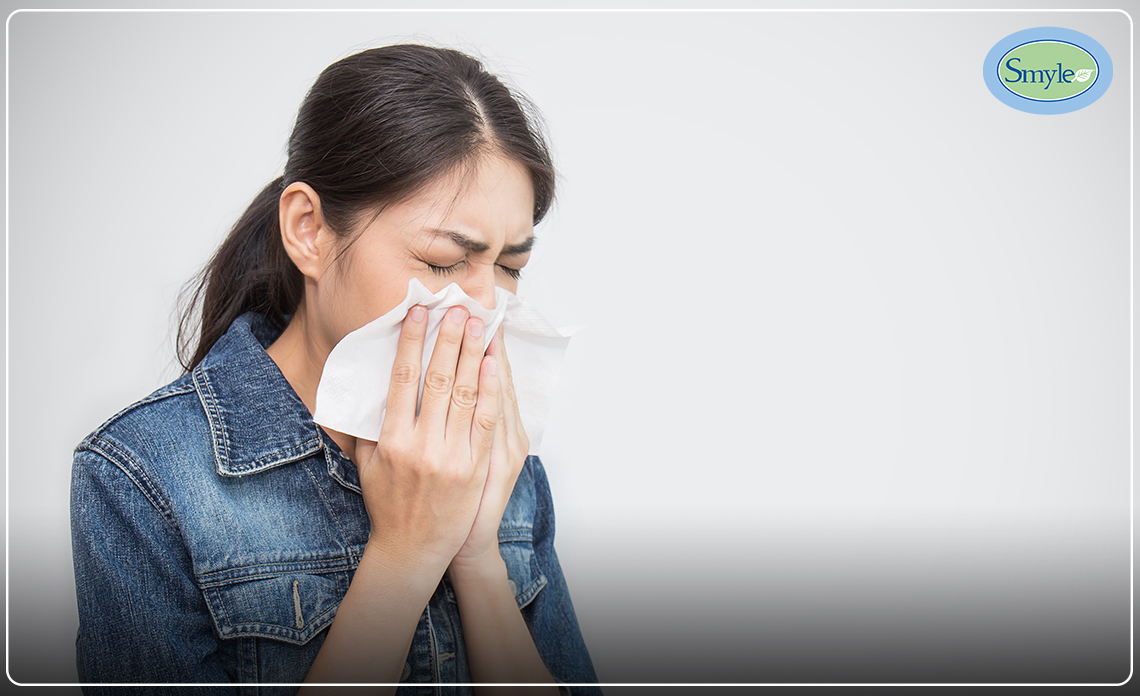Cough etiquette was introduced by the Centers for Disease Control and Prevention (CDC) as a part of standard precautions in the 2007 isolation guidelines. After the 2003 Severe Acute Respiratory Syndrome (SARS) outbreak, which resulted in the transmission of the SARS virus to many emergency department patients, staff, and visitors, the urge to implement some strict precautions to reduce or limit the spread of respiratory illness across all the healthcare facilities was finalized.
Hence, with standard precautions, one can help reduce the risk of transmission of both pathogens and bloodborne from both recognized and unrecognized sources. In this blog, we shall discuss the elements of cough etiquette or cough hygiene.
Unlearning Old Habits
Hand Hygiene
- Hand hygiene is one of the most standard precautions. This is also one of the most effective methods in preventing pathogen transmission.
- All health workers and other individuals, including patients and visitors, should comply with the infection control practices following health-care settings.
- Promoting an institutional safety climate that helps to reduce the health risks and develop the policies which help facilitate the implementation of infection control measures should be implemented.
- It is a thumb rule to cover your mouth and nose when coughing, which was something taught to you when you were a child. Unfortunately, you are taught to use your hand to cover your mouth, which is not considered a healthier option, since organisms are expelled into your hand when this method is used.
- Hand washing at least for 40-60 sec with soap. Rinsing and drying your hand thoroughly with a towel.
- It is advisable to perform hand hygiene either by hand washing or hand rubbing, after any direct contact with the patient or when gloves are worn or not worn.
- Wash your hands even after getting in contact with body fluids, touching blood, excretions, secretions, non-intact skin, or other contaminated items, even if gloves are worn.
- If your hands are visibly soiled or exposed to spore-forming organisms, it is recommended to perform hand washing with soap and water.
- Ensure availability of hand hygiene products like soap, clean water, single-use clean towels, and alcohol-based hand rub (sanitizers).
Respiratory Hygiene and Cough Etiquette
- Educating health workers, patients, and visitors about cough etiquette.
- Covering your mouth and nose when you are coughing or sneezing, with tissue or mask, disposing of the used tissues and masks, perform hand hygiene after coming in contact with respiratory secretions.
- Hand hygiene should be implemented after contact with respiratory secretions.
- Post visual alerts at the entrance of the health-care facility instructing persons with any respiratory symptoms to practise respiratory hygiene/cough etiquette.
- Ensure that hand hygiene resources such as tissues and masks are available in common areas for visitors and patients, and also at the areas to evaluate patients with respiratory disease.
Environmental Cleaning
Utilize adequate procedures for routine cleaning and disinfecting the environment or other frequently touched surfaces.
Linens
Contamination of clothing and preventing skin and mucous membrane exposure can be reduced with the usage of linens.
Waste Disposal
- Ensure safety waste management.
- In accordance with local regulations, it is advisable to treat waste with contaminated blood, body fluids, excretions, secretions as clinical waste.
- Human tissues and laboratory waste should also be treated as clinical waste.
- Ensure that you are discarding single-use items properly.
Tools for Respiratory Hygiene
- Once the tissue is used, you must discard it immediately. Ideally, a hands-free trash can will be available for such purposes as it helps reduce the spread of organisms from contaminated hands.
- Be sure to use alcohol-based hand-rub (sanitiser) or soap and water which are available in the vicinity. Hand hygiene will reduce the number of growing organisms on hands and also decrease the potential to spread germs to inanimate objects that anyone can touch such as elevator buttons, doorknobs, electronic kiosks, etc. If hands are not visibly soiled, then even patients and visitors are advised to clean their hands after sneezing or coughing.
- A surgical mask or a procedure mask with ear loops should be offered to anyone who is coughing. If the patient can’t tolerate a mask or is having some difficulty in wearing the mask, then he can just cover his mouth and nose with a tissue.
Safe Distance is to be Ensured
- It is recommended by the American Academy of Pediatrics and the CDC, that patients with respiratory problems have to be placed at least 3 feet away from healthy patients. This is probably the most neglected aspect of cough etiquette, although it is very important in comparison to other key factors.
- Wear a procedure mask or an N95 mask, when examining a patient with any respiratory infection or symptoms, maintain at least a distance of 3-5 feet from the patient, as these infections can be largely transmitted through droplets, sneezing, or coughing.
Final Thoughts
Educate yourself and the people around you, about cough etiquette or respiratory hygiene. If you are looking for the best quality masks or sanitizers to help protect yourself from COVID -19 or any other respiratory problems, then try:
- Smyle Clinhand-H Sanitizer 80% Alcohol-Based Germ Protection which instantly kills 99.9% of germs without even using soap or water.
- Smyle N95 5 Layered Face Masks with outdoor protection with ear strap which has a Particulate Filtration Efficiency (PFE) of 99% against a minimum of 95% which is required for N95 masks.
